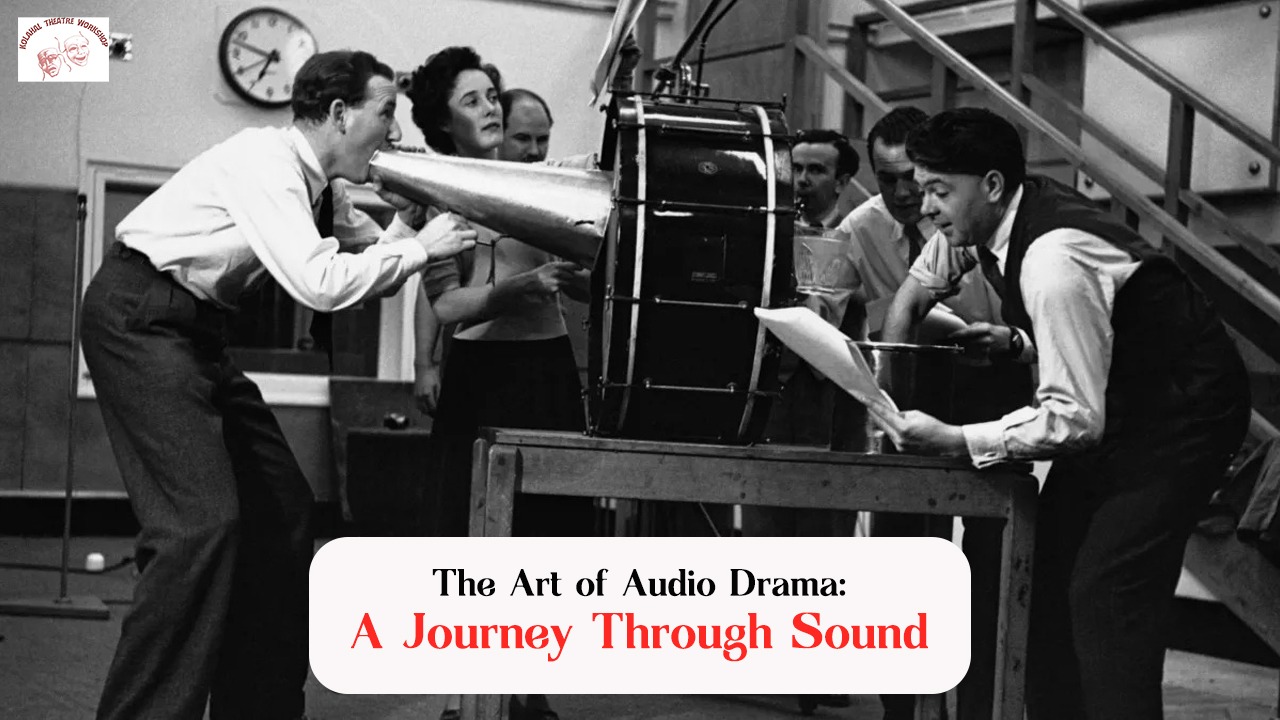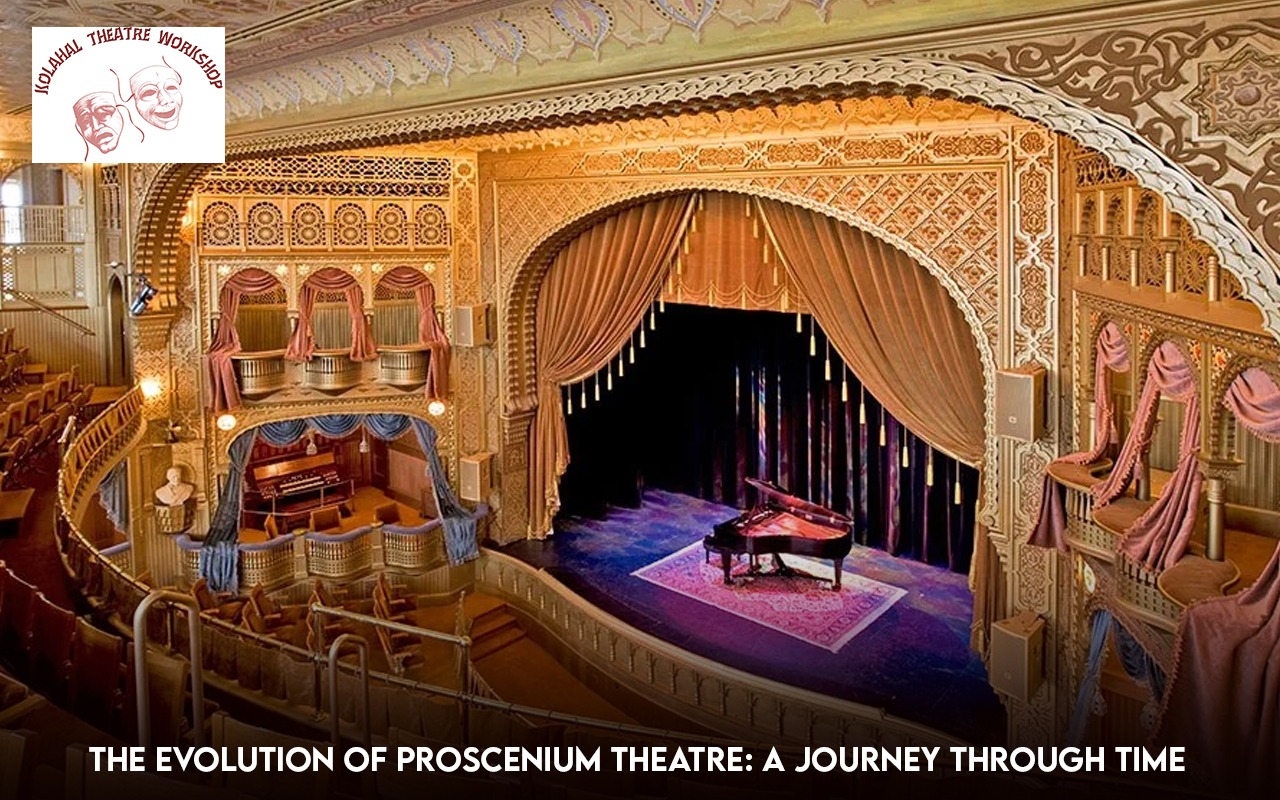Setting the Stage: Amplifying Emotional Impact in Theatre
Introduction:
In the realm of theatre, the stage is not merely a physical space but a canvas for emotional expression. Every element, from lighting to sound, contributes to setting the mood and stage and enhancing and amplifying emotional impact in theatre. In this blog, we delve into various techniques and strategies for creating an immersive atmosphere that resonates with audiences long after the curtain falls.
What are the Techniques & Strategies?
Lighting:
Lighting is powerful tool in theatre that can evoke a range of emotions. Soft, warm lighting can create a sense of intimacy and comfort, while harsh, cold lighting can convey tension or unease. The strategic use of light and shadow can highlight key moments, accentuate facial expressions, and guide the audience’s focus. Whether it’s a subtle shift in hue or a dramatic spotlight, lighting sets the tone for the emotional journey unfolding on stage.
Sound Design:
Sound has the ability to evoke memories, evoke emotions, and transport audiences to different worlds. From ambient sounds to carefully curated soundtracks, sound design plays a crucial role in shaping the emotional landscape of a theatrical production. A haunting melody can heighten suspense, while silence can amplify moments of tension or intimacy. By layering sounds and manipulating volume, pitch, and timing, sound designers can create a multi-dimensional auditory experience that resonates with audiences on a visceral level.
Set Design:
The physical environment of the stage can profoundly influence the mood and emotional impact of a performance. Set designers use color, texture, and spatial arrangement to reflect the themes and emotions of the play. A minimalist set can evoke a sense of isolation or simplicity, while a lavish set can convey opulence or extravagance. By thoughtfully integrating scenic elements and props, set designers create a visual language that enhances the emotional resonance.
https://kolahal.org/2024/02/09/utilizing-stage-ambience-to-transport-audiences-in-theatre/
Costume Design:
Costumes not only define characters but also communicate their personalities, status, and emotional states. The color, fabric, and style of costumes can convey a wealth of information to the audience. Whether it’s a flowing gown that symbolizes freedom or a tailored suit that signifies power, costume designers use their craft to deepen the emotional connection between characters and audiences.
Performance:
Eventually at the heart of every theatrical production are the performers who breathe life into the characters and story. Through their gestures, expressions, and vocal inflections, actors convey the nuances of human emotion with authenticity and vulnerability. Their ability to inhabit their roles and connect with the audience on an emotional level is what makes live theatre such a powerful and transformative art form.
Conclusion:
In the world of theatre, setting the mood is about more than just creating a visually appealing environment. Subsequently it’s about harnessing the power of light, sound, set design, costume design, and performance to evoke an emotional experience. Thus by understanding how these elements work together to shape the emotional landscape, theatre artists can create performances that leave a lasting impression on hearts and minds alike.





[…] Setting the Stage: Amplifying Emotional Impact in Theatre In the realm of theatre, the stage is not merely a physical space but a canvas for emotional expression. Every element, from lighting to sound, contributes to setting the mood and enhancing the audience's emotional experience […]
[…] https://kolahal.org/2024/02/13/setting-the-stage-amplifying-emotional-impact-in-theatre/ […]